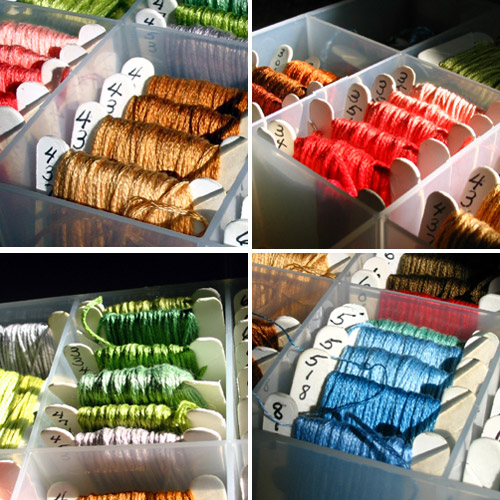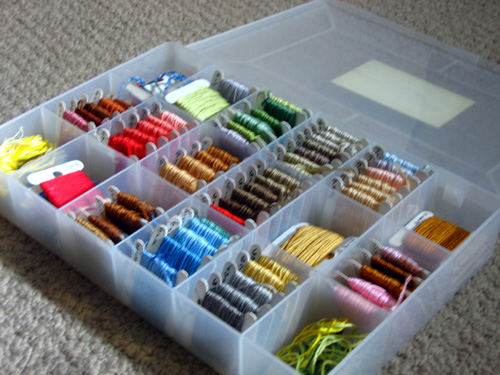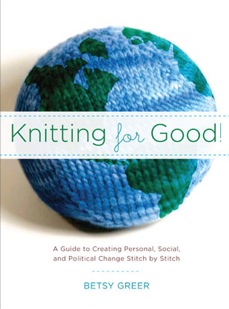I just finished reading Lynda Barry’s What It Is. I like it. I like the way it’s making me think.
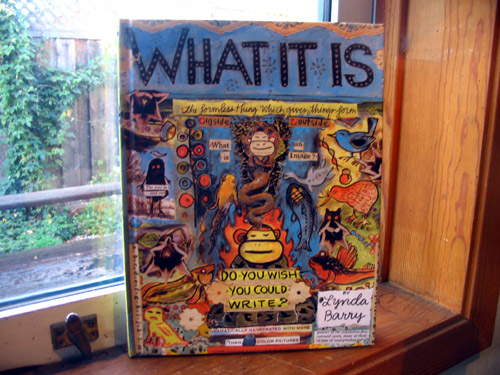
What It Is is part mediation, part story, part art book, part instruction manual. Using verbal narrative, illustration, and collage, it moves through the author’s journey as a creative person. She meanders through the meaning of things — image, creating, writing, expression — and how her relationship with creativity has transpired.
What really got to me was the book’s focus on being a creative person creating for someone else, caught in questions of “Is it good? Do I suck?” I found these questions all too relatable, remembering those moments when I stopped singing out loud, stopped drawing because I wasn’t one of the best artists in the class, or, conversely, kept playing music because I was “good enough.” Creating for me — and I think for most people — is rarely a self-focused activity; rather, it ends up being about feedback, approval, and status.
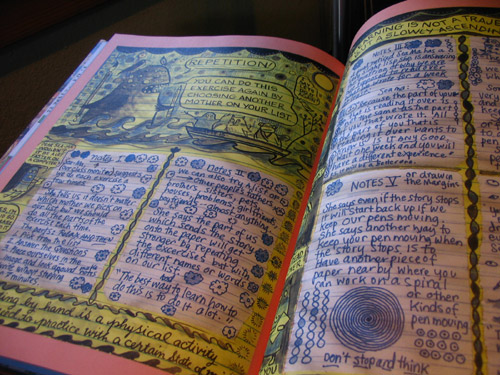
Barry moves, at the end of What It Is, to a kind of guidebook geared towards getting the reader to write and create. The focus is not on an end point, but rather on writing as a way of relating experiences and images. I especially like her recommendation to just keep writing without judgment, and keep the pen moving, even if that means just writing the alphabet. The emphasis on here is on writing as a creative act, rather than a thinking act.
That got me thinking about my own relationship with creativity. Lately I’ve been doing a lot of embroidery — something about fabric and thread appeals to me as a medium for altering my physical environment. Everything I embroider, though, is someone else’s pattern (although I really love them). There’s wiggle room in figuring out colors and stitches, but even them I’m always looking elsewhere, researching “how to use embroidery stitches.”
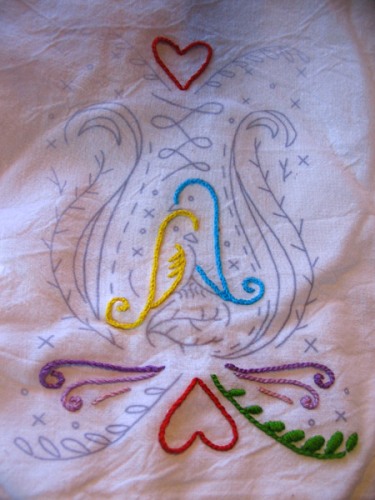
Somewhere between second grade and now, my creative process stopped being about having fun, and became about what others would think. It stopped being a personal creative exercise and became recognition-based. It shows up in little ways, like only singing really loud when I’m alone (definitely not in front of my opera singer boyfriend), or feeling like I need a recipe to cook, or a pattern so that I can knit or embroider.
Here’s my question: When did I stop trusting myself? When did creating stop being about me — that feeling of doing something awesome in the moment — and become about feedback and doing things “right”? I’m tempted to ask what it would mean to trust myself again, but I’m going to go even further: What would it feel like to trust my creative impulses? To just sit down with a tea towel and embroider all purple circles if I felt like it, or pick up my flute and just make some sounds, or trust my writing enough to actually do it and send it to people I love?
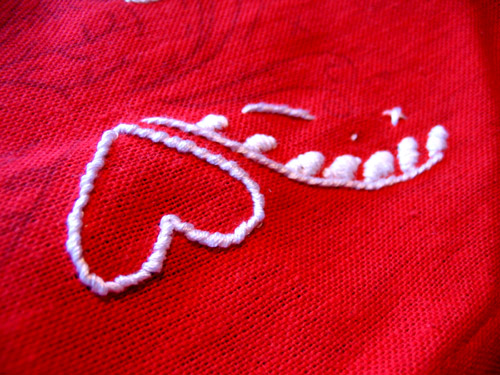
I’ve come to the conclusion that my relationship with creativity isn’t going to go anywhere until I start trusting myself again, and insisting that I deserve to take joy in my creative process and that that pleasure is its purpose. I think that’s going to mean loving myself enough to give myself permission to not judge what I’m doing, and give myself the gift of letting go of that internalized critical voice. And I’m not talking love as in self-esteem “Yay, you’re great.” I’m talking about, hey, it would feel really good to take a half hour to just drink a cup of tea, write and doodle, so ok, ready set go.
So, thanks Lynda Barry! I’m looking forward to the journey I’m embarking on with myself.
Read Full Post »
